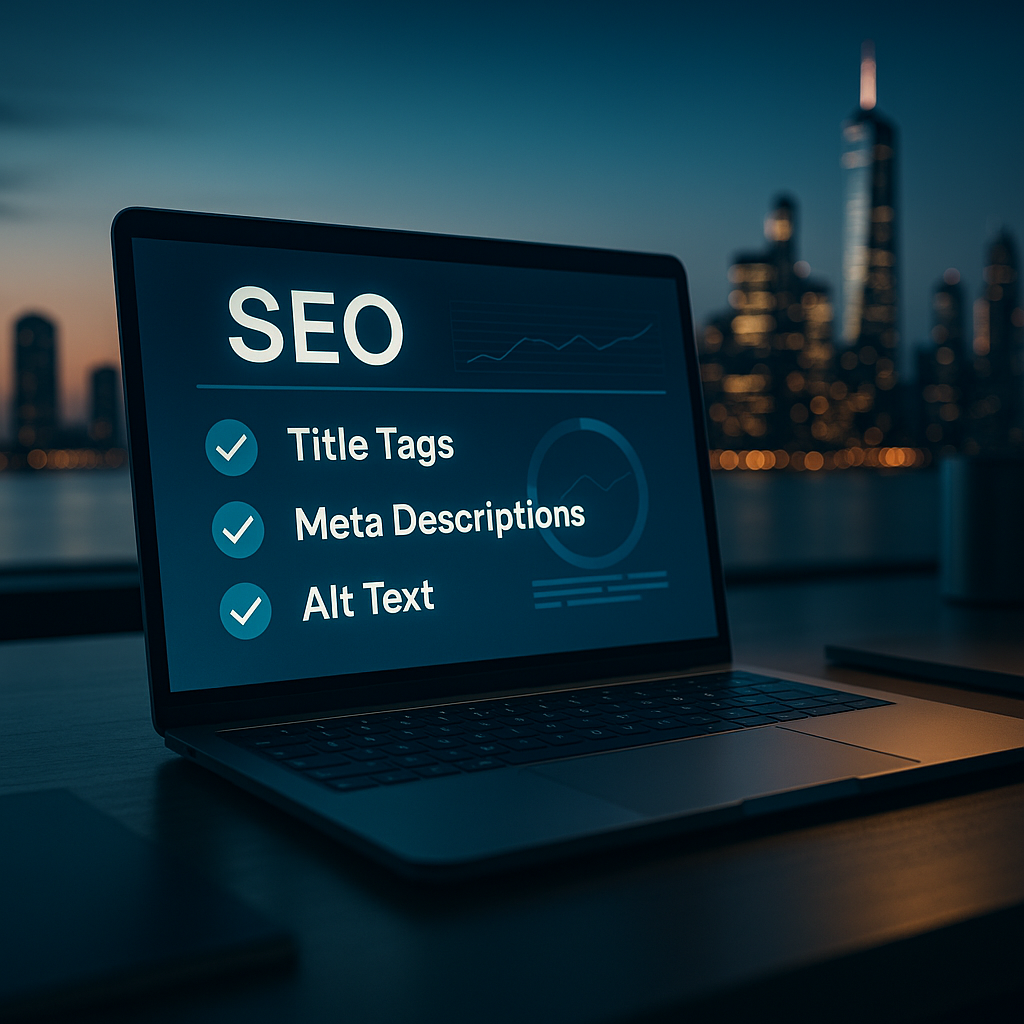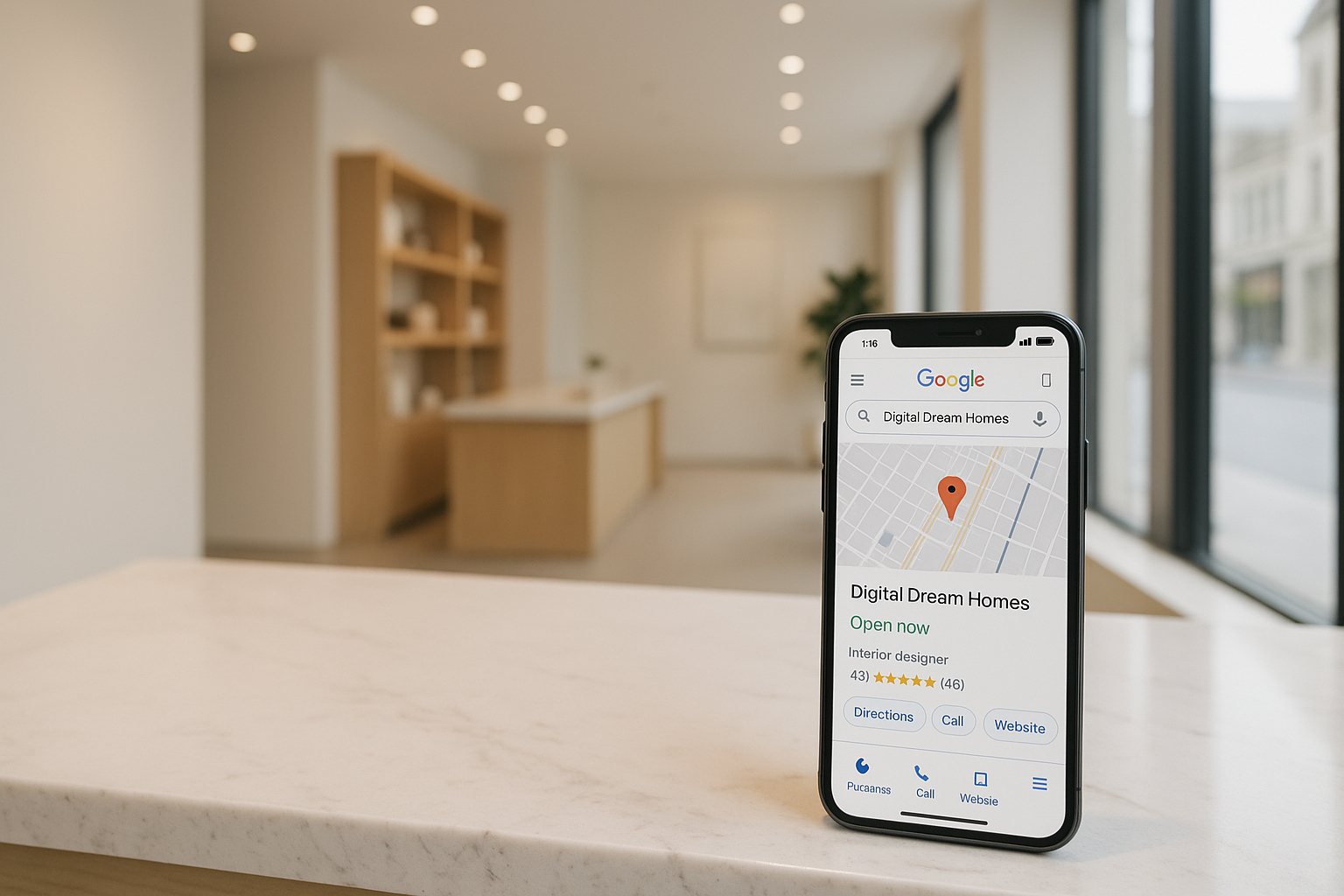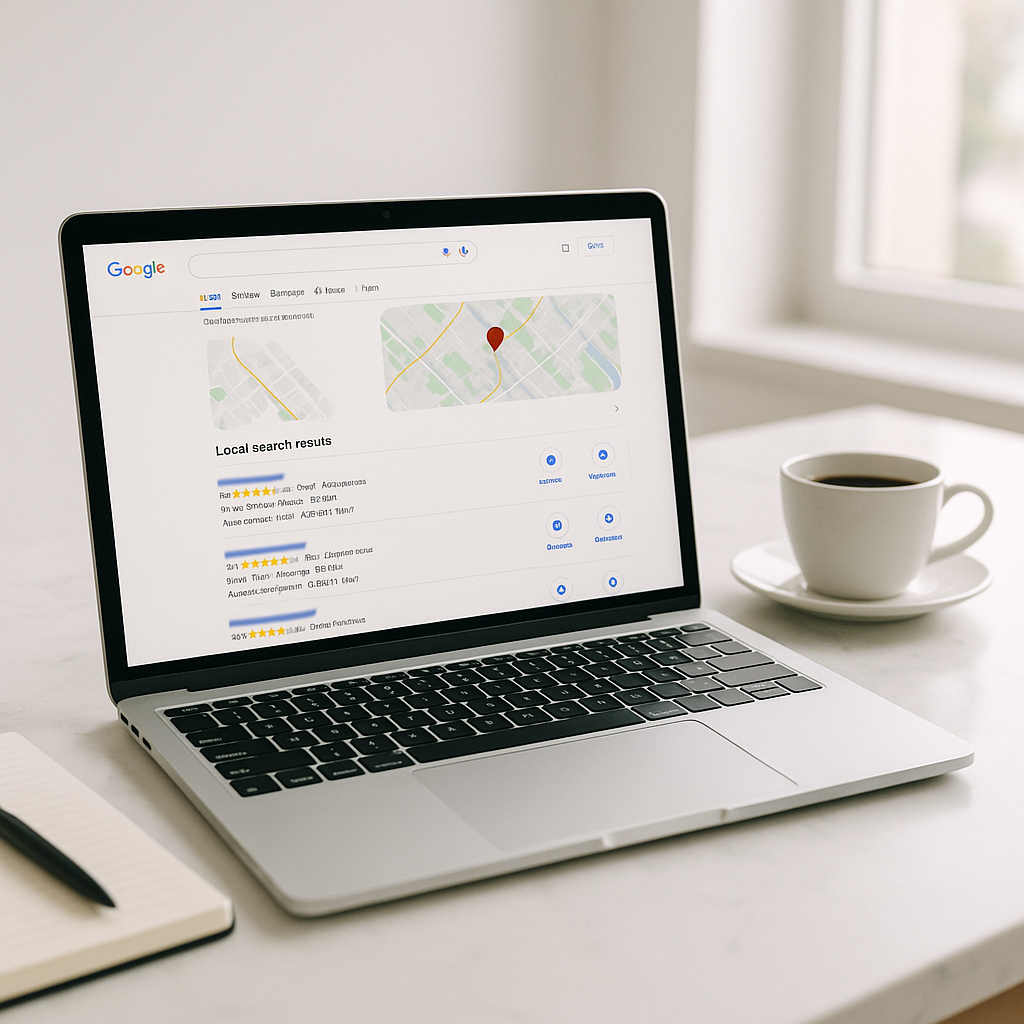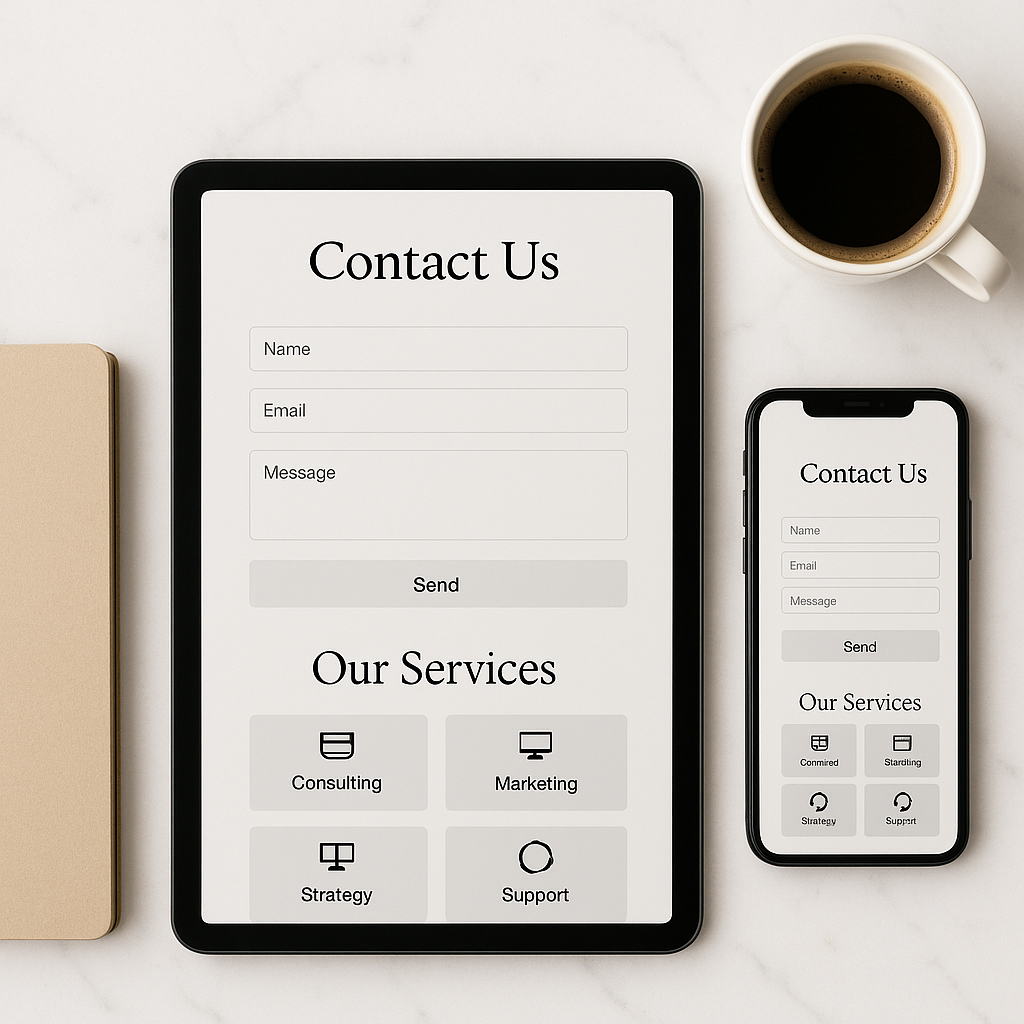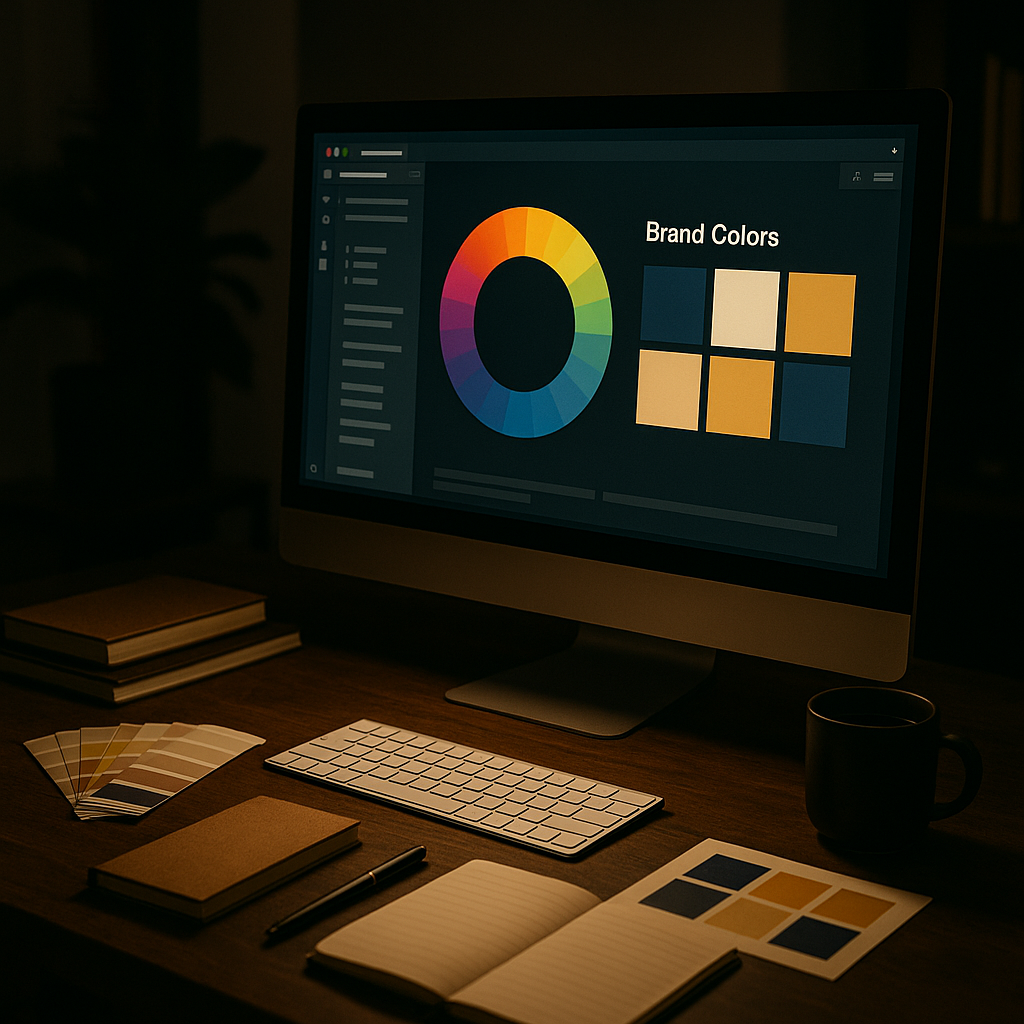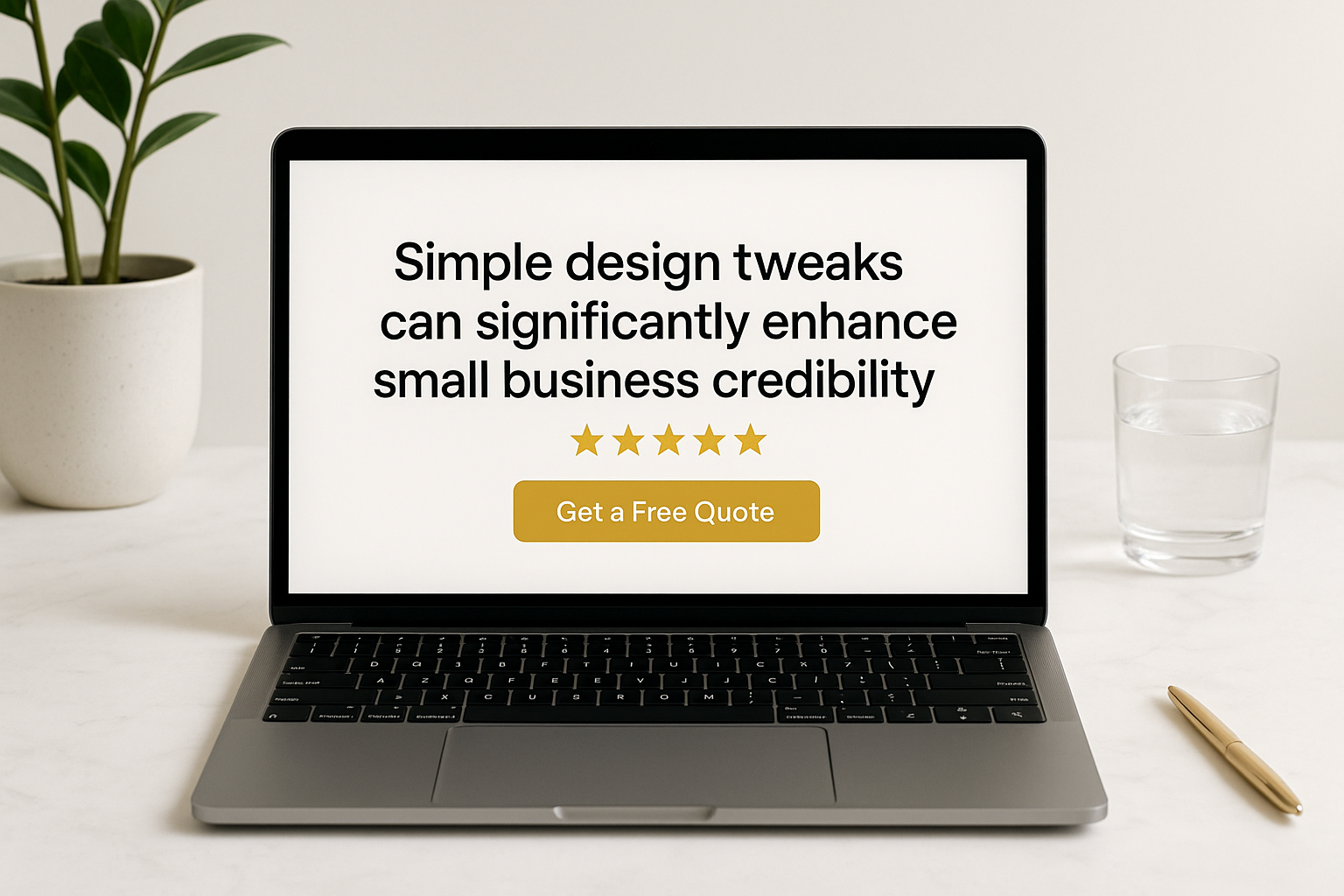Real Estate Website CTA Placement: Data-Backed Tips
Real Estate Website CTA Placement: Data-Backed Tips is your roadmap to put the right buttons in the right places so more buyers and sellers take action.
Real Estate Website CTA Placement: Data-Backed Tips in one minute
Put one clear primary CTA above the fold on key pages, then repeat context-aware CTAs as people scroll. Users still spend about 57 percent of viewing time above the fold, so do not waste that space.
On mobile, keep primary CTAs in thumb-friendly zones and make buttons at least 44 by 44 px. This reduces fat-finger errors and increases task completion.
Use context to decide where CTAs go. For listings, place “Schedule a Tour” near the photo gallery and floor plan, since those assets are what buyers value most.
Slide-ins, feature boxes, and welcome gates often outperform static sidebars and generic end-of-post banners. Benchmarks from HubSpot show large gaps in typical conversion rates by CTA type.
Keep choices simple. One primary CTA per page with progressive disclosure prevents choice paralysis.
Want to level up further
For quick wins you can implement today, see Best Free Tools for Realtors.
To drive targeted traffic into those CTAs, compare Facebook Ads vs Google Ads for Realtors.
To make sure every click gets followed up, review Top 5 Best CRMs for Realtors.
Why placement matters more than design trends
People do not read web pages in a straight line. Eye-tracking shows an F-pattern on text-heavy pages, with fixations clustered at the top and left, which is why hero sections, top headlines, and the first screen get disproportionate attention. Put a strong primary CTA in that first screen, then reinforce it where intent peaks later on the page.
Viewability research from Google also reminds us that being seen is the first step to being clicked. Inventory near or just above the fold tends to be more viewable than items buried at the top edge or far below, so place your first CTA where it is most likely to be on screen without scrolling.
Mobile rules: thumb zones, target sizes, and sticky helpers
Most real estate traffic is mobile when people are in “house-hunting mode.” Keep your main action within the comfortable thumb zone near the lower half of the screen and size the button at least 44 by 44 px. This increases accuracy and speed for one-hand use.
A slim sticky header or footer that keeps a single primary action visible as users scroll can reduce hunting and back-tracking. Make it unobtrusive and purpose-built to avoid clutter. For long content, sticky elements improve wayfinding when designed well.
Page-by-page placements that work for realtors
Below are proven placements, plus copy ideas you can paste into Elementor today.
Homepage
Where to place CTAs
In the hero, above the fold, with a single primary action such as “Browse Homes in [City]” or “Get Your Home’s Value.”
In a sticky header or footer on mobile with “Search Homes” or “Book a Call.”
Why it works
Users give most attention to the first screen and scan in an F-pattern, so a bold, benefit-driven CTA here sets the path for the whole visit.
Copy ideas
“See Homes in [Neighborhood]”
“Free 2-Minute Home Value Estimate”
“Get Listing Alerts”
If you are refining above-the-fold messaging, borrow ideas from Why Homepage Headlines Matter More Than You Think in Real Estate.
Property listing pages
Where to place CTAs
Right under the photo gallery: “Schedule a Tour” and “Request Info.”
Next to the floor plan: “Ask About This Layout.”
Near price, beds, baths: “See Monthly Payment” or “Get Pre-Approved.”
Why it works
Photos and floor plans rank among the most useful features for buyers, so placing CTAs adjacent to those assets leverages peak attention and intent.
Copy ideas
“Schedule a Tour for [Day]”
“Ask an Agent About This Home”
“Save This Listing”
Neighborhood and community pages
Where to place CTAs
Just below the hero map or featured image: “Get Listings in [Area]”
After school, commute, and amenity sections: “Set Up a Custom Search”
If you are planning these pages, see Real Estate Landing Page Optimization for structure and checklist ideas.

Blog posts
Where to place CTAs
Inline text CTA after the first or second section.
Slide-in CTA around 50 to 60 percent scroll depth.
Visual banner CTA at the end.
Why it works
HubSpot’s rough rates show slide-ins, bars, and feature boxes often outperform sidebars and generic end-of-post banners. Use them to capture motivated readers without interrupting the flow.
Copy ideas
“Download the Seller Prep Checklist”
“See Live Market Stats for [City]”
“Get Listing Alerts in [Neighborhood]”
To turn content readers into real leads, pair this with How to Turn Website Traffic into Leads.
Lead magnets and dedicated landing pages
Where to place CTAs
Single primary CTA in the hero, then supportive CTAs after social proof, benefits, and FAQs.
Use progressive disclosure for forms, revealing only a few fields at a time to reduce friction.
Copy ideas
“Get the Free 2025 Seller Guide”
“See Your Instant Home Value”
“Book a 15-Minute Strategy Call”
For a conversion pass on the whole site, skim Real Estate Website Conversion Tips.
The data behind “above the fold,” and how to use it without guessing
Users spend more time at the top of the page, yet many conversions also happen later once trust is earned. Strike a balance by placing a clear first CTA early, then repeat context-aware CTAs where intent spikes, such as after testimonials or proof. NN/g’s attention data shows the top of the page still wins initial attention. Google’s viewability work suggests elements near the bottom of the first screen are highly viewable, which aligns with placing a CTA right before the fold.
Use the “Above vs Below” chart to explain this to stakeholders. It is a visual reminder that attention is not equal across the page.
Copy and micro-interaction tips that lift clicks
Use first-person or benefit-first copy, like “Show Me New Listings” or “Get My Home’s Value.” Case studies show microcopy can lift conversions when the action is clear.
Keep one primary CTA per page. Hick’s Law tells us more choices mean slower decisions, which hurts momentum.
Make CTAs look tappable. Buttons need adequate size and spacing for thumbs.
Support with proof nearby. Place reviews, awards, or media mentions directly above or beside the CTA that asks for a commitment.
If you are mapping pages from scratch, examples in Best Website Layout for Realtors will help you place CTAs inside clean sections buyers actually read.
Realtor-specific scenarios you can deploy today
Buyer lead path
Homepage hero: “Browse Homes in [City]”
Listing page under gallery: “Schedule a Tour for Saturday”
Sticky footer on mobile: “Get Listing Alerts”
Thank-you page upsell: “Get Pre-Approved With Our Lender”
Seller lead path
Homepage hero: “Get Your Free Home Value”
After social proof: “See Our 7-Step Marketing Plan”
Blog slide-in on pricing article: “Download the 2025 Seller Guide”
Thank-you page: “Book a 15-Minute Pricing Call”
Round out your nurture with Email Marketing for Real Estate Agents and keep all responses flowing to your CRM from Top 5 Best CRMs for Realtors.
Simple testing plan a busy agent can follow
Decide your one primary action per page.
Set up a baseline. Track CTR for each CTA and scroll depth in Google Analytics.
Test placement. Try hero vs just above the fold on the homepage for two weeks. NN/g shows most time is spent in those areas, so either should be visible.
Test copy. Swap “Contact Us” for “Ask About Selling in [Neighborhood]” and measure clicks.
Test sticky elements carefully. Keep them slim and single purpose. They help when unobtrusive.
Retire underperformers. If a sidebar CTA is under 1 percent CTR and your slide-in is above 3 percent, phase out the sidebar and lean on the higher performer.
Common mistakes that quietly lower conversions
Too many CTAs fighting for attention. Use one primary action and make everything else secondary. Hick’s Law applies.
Buttons outside the thumb zone on mobile. Reposition to the lower half and increase target size.
Asking for too much too soon. Use progressive disclosure so forms feel easy, especially on mobile.
Placing CTAs far from the content buyers actually care about, like photos and floor plans. Move CTAs next to those sections.
If you want a deeper content strategy that feeds your CTAs, grab ideas from Real Estate Blog Post Ideas and Real Estate Website Widgets That Actually Help.
Final checklist you can print
One primary CTA above the fold on key pages.
CTA repeated near proof and high-intent sections.
Sticky header or footer with a single action on mobile.
Buttons sized 44 by 44 px or larger, in the thumb zone.
Blog posts use inline text CTA, slide-in at 50 to 60 percent scroll, and a banner at the end.
If you want a friendly strategy session to map this on your site, Digital Dream Homes can help. Book a free consultation and we will create a quick wireframe that shows exactly where your highest-impact CTAs will sit, how they will look on mobile, and what to measure first. Real Estate Website CTA Placement: Data-Backed Tips works best when it is tailored to your market and your goals.
Matt Pieczarka
Want a Free Website Audit?
Fill out your information below and we will send you a personal screen share video of tips on how to make your actual website better!
See How Many Closings You're Losing to Zillow!
Click Here to Use our Calculator to See How Many Clients Zillow is Taking From You Per Year!
Backlinks for Small Business Websites: Why Backlinks Matter for Local Businesses
Backlinks for Small Business Websites: Why Backlinks Matter for Local Businesses If you want more customers finding you on Google, you need backlinks for small business websites. P
On-Page SEO Checklist for Small Business Websites
On-Page SEO Checklist for Small Business Websites If you want more local customers to find you, you need an on-page SEO checklist small business owners can actually use. This guide
Google Business Profile Setup for Small Business: The Beginner’s Guide
Google Business Profile Setup for Small Business: The Beginner’s Guide If you want to show up on Google when customers nearby search, you need google business profile setup for s
Local SEO for Small Businesses: Tips for Small Business Owners
Local SEO for Small Businesses: Tips for Small Business Owners If you want to show up when nearby customers search, you need local SEO for small businesses. The good news is that m
How to Create a “Contact Us” Page That Actually Gets Results
Contact Page Optimization for Small Business: How to Create a “Contact Us” Page That Actually Gets Results If you want more calls, emails, and bookings, contact page optimizati
Mobile Friendly Website Tips For Small Business
Mobile Friendly Website Tips For Small Business: Mobile Optimization Tips for Local Business Websites If you need mobile friendly website tips for small business, you are in the ri
Why Your Website Isn’t Bringing in Leads
Why Small Business Websites Fail: Why Your Website Isn’t Bringing in Leads If you’ve ever wondered why small business websites fail, you’re not alone. Many owners invest in a
Best Website Colors For Small Business Branding
Best Website Colors For Small Business Branding: How to Choose the Right Colors for Your Brand Choosing the best website colors for small business branding is not just a design cho
Simple Website Design Tweaks That Boost Small Business Credibility
How to Make Small Business Website Look Professional: Simple Design Tweaks That Boost Small Business Credibility Want quick, high-impact ways to look trustworthy online? If you’v


